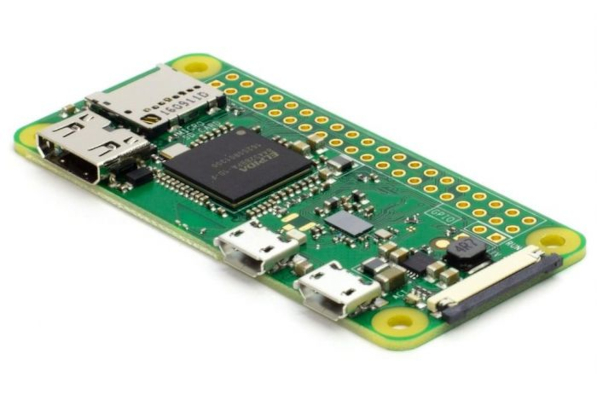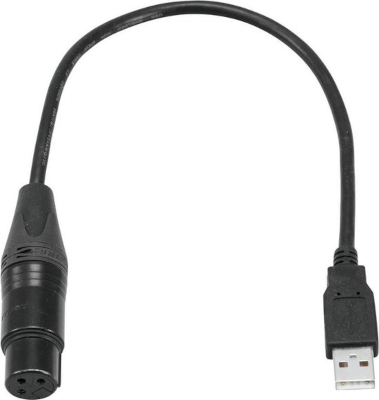
The RPI Zero W is the little brother of the RPI(4). This does have a less powerful processor and only 512KB Rams. Due to its very low power-consumption,
it’s ideal to do some smaller (sub)automations.
You can also attach a screen via mini HDMI, and of course the RPI Zero W does have an onboard SD-Card holder, and 2 micro-USB connections.
(One for power, and one for free usage – with a male MicroUSB to female USB-A connecto, you get a regular USB connection,
you will need it to connect the DMX/USB device !)
We are going to use this board with a Eurolite DMX512 USB. DMX signals can also be send via WiFi (from HA) and create real DMX signals, via the Eurolite device. (completely headless)
We use the a software called OLA ( https://www.openlighting.org/ola/tutorials/ola-on-raspberry-pi/ ), a lightweight DMX control software
that can be reached via HTTP in a browser, over port 9090. Simply install it via sudo apt-get install ola
The used plugin for the Eurolite DMX512 USB is ftdiDMX and NOT usbDMX or usbSerial !
You need to define one ARTNET universe as an input (linked to the IP-address of the RPI), and one ftdiDMX als an output.
(connect the Eurolite device, before turning on the RPI)
That’s it ! you can monitor and control the DMX channels. Further configuration is done in HA itself. (in configuration.yaml)
